Cutting-edge technology: What does the future look like?
Cutting-edge technology refers to tech innovations in hardware, software, and systems that hold the potential to revolutionize the way our current processes and technology work. They have significant potential to solve long-standing issues with our current technology, like how to make them more portable while still retaining their core functions. Here’s a brief overview of the cutting-edge technologies in development and the possibilities that they present to users.

What is cutting-edge technology?
In general Terms, cutting-edge technology refers to any piece of tech that has new features, processes, software, or techniques.
They represent the latest developments in IT, product, and software development, and they often have functions that can affect multiple industries.
While it’s easy to think that cutting-edge technology refers to any computer and electronic technology still under development, these developments come in stages and have different contexts.
Even the term cutting-edge technology itself undergoes frequent changes.
A good comparison to cutting-edge technology is to compare it to “bleeding-edge technology.” Bleeding-edge technology refers to innovations that are similarly new and in development like cutting-edge technology, but this type of tech is so new that it hasn’t undergone much or any testing at all. This makes it extremely risky for any users that want to adopt it since such tech is prone to plenty of issues, from security vulnerabilities to safety concerns with defective products.
cutting-edge technology usually goes through some degree of testing and development so it’s relatively safe for users and early adopters.
Why cutting-edge technology important?
Cutting-edge technology is even more crucial in today’s context, where data collection is essential. The capability to gather, process, and source vast amounts of data is often what drives the development of the latest technologies — and can be the key to making them even better once they’ve been widely adopted.
Cutting-edge technology is important because it can offer significant improvements to our current levels of technology and processes.
The capability to gather, process, and source vast amounts of data is often what drives the development of the latest technologies — and can be the key to making them even better once they’ve been widely adopted.
Expect Cutting-edge technologies is the future?

Cutting-edge technologies represent the latest from their already established fields, like software development. Others are developed by combining the features and capabilities of two different technologies. and some are just brand-new innovations that have never been seen before.
Semiconductors :
Semiconductors are important components of electronics, and there is a constant search for better materials to build them with. Better materials mean devices will be able to support more semiconductors, drastically boosting their capabilities and functions. Improving the hardware used in devices also helps with software development because it can support the additional processing power required.
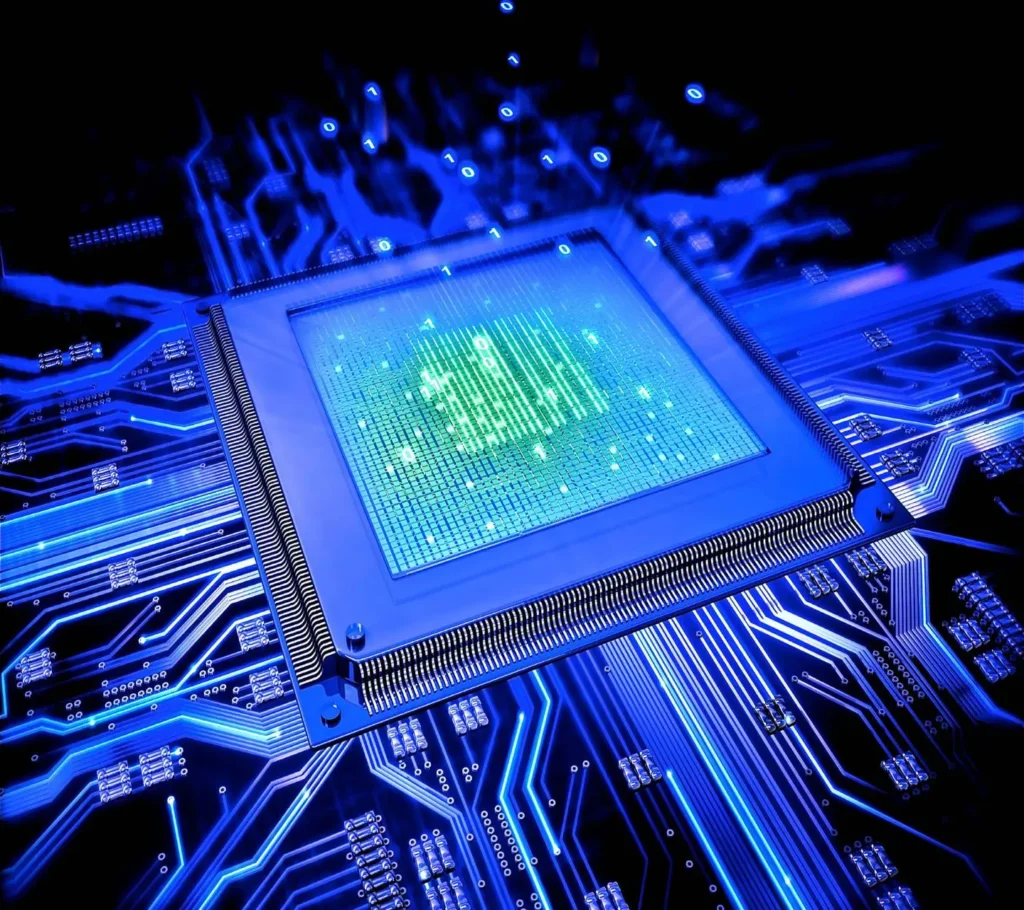
Top 5 Leading Companies within the Semiconductor Industry?
TSMC (Taiwan Semiconductor Manufacturing Company):
As the world’s largest dedicated independent semiconductor foundry, “TSMCS” dominates the market with state-of-the-art manufacturing technologies, including the latest 3nm and 2nm (“3 nanometers,2 nanometers”)nodes. Their dedication to innovation and reliability places them at the forefront of the semiconductor industry.
Samsung Electronics:

“Samsung” remains a constant force in memory and logic chips. Their breakthroughs in “DRAM, NAND flash, and system LSI” have solidified their position as leaders in the semiconductor industry, meeting the needs of a wide range of applications from smartphones to data centres.
Intel Corporation:
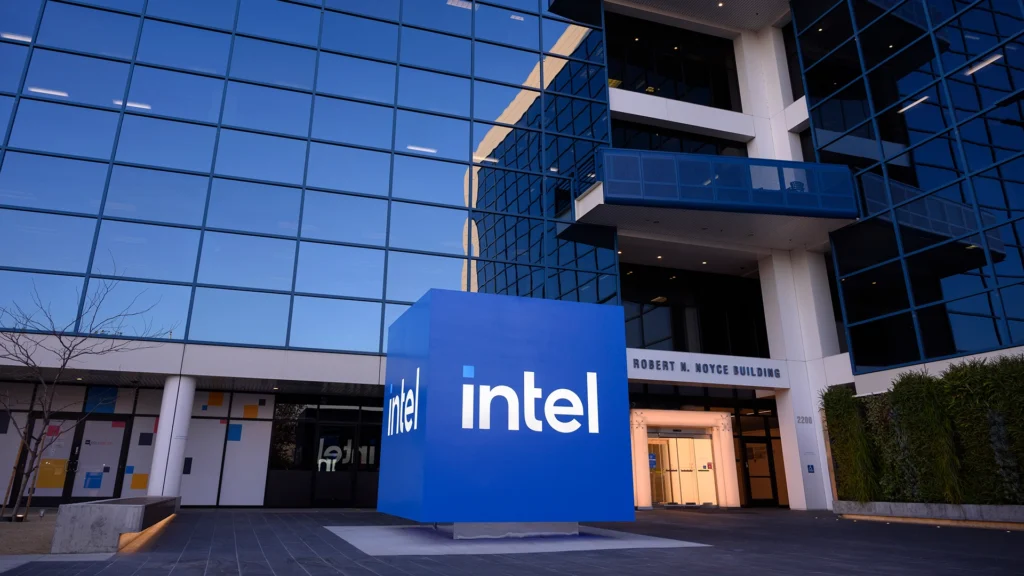
“INTEL” is a major player in the semiconductor industry, with their “X86 Processor” market share and advancements in AI and autonomous driving technologies. Their structural change to foundry services and new chip architecture aim to regain their iconic reputation.
NVIDIA:
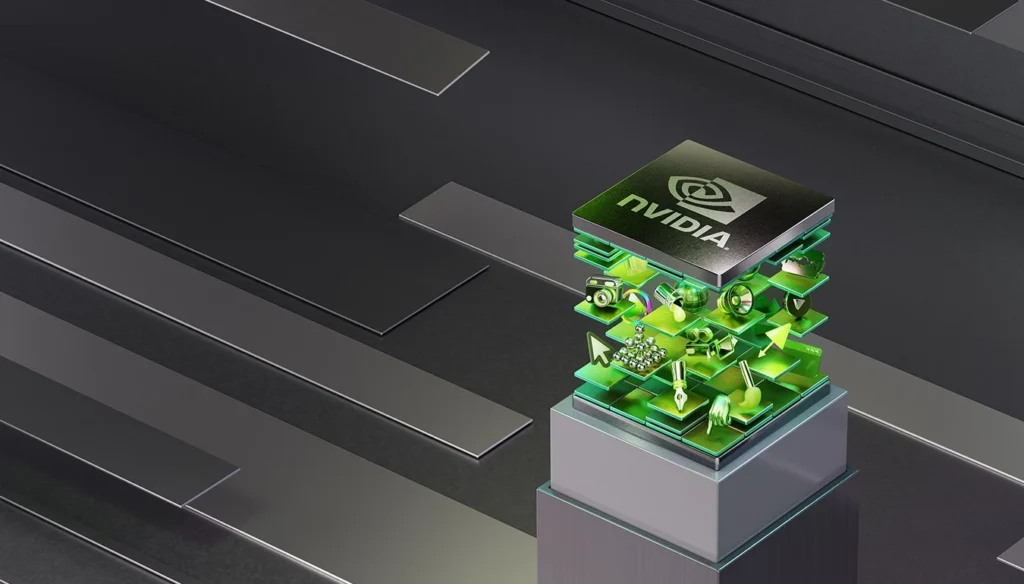
Known for their “GPUs, NVIDIA” is expanding its influence in AI, machine learning, and autonomous vehicles. Their innovative work in the data centre and gaming spaces has cemented their position as a leading semiconductor innovator.
Broadcom Inc:

“Broadcom” excels in various segments, such as wireless communications, enterprise storage, and technology markets. Their diversity of product portfolios and strategic acquisitions keep them at the forefront of semiconductor technology.
Hyperconnectivity:

Hyperconnectivity refers to technologies that allow users to always be connected to a network, usually to socialize or gather more information. This type of cutting-edge technology is best represented by how interconnected our devices are (like smart devices) and the ease with which we can access information, like browsing the internet through our smartphones.
Space technology:
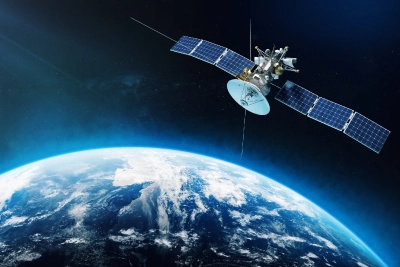
Space technology is responsible for many of the advances in communications and materials over the years. “Space tech” can help users analyze data more efficiently, create electronics from more durable and lightweight materials, and develop better ways to communicate over long distances.
“Space technology” has been responsible for many current material breakthroughs, especially with the devices that we use to communicate. The demands of space travel often mean having to make innovations in how things are built, which can translate to civilian use once their reliability has been tested in space.
Next-generation computing:

Next-generation computing is at the forefront of how people interact with data. In particular, there’s been a strong push for “Next-generation encryption” as a way to better protect people’s data against cyberattacks.
Some examples include the use of “elliptic curve cryptography” to better secure public communications or the use of “virtual machines” to run several computers from a single computer.
Cloud computing:

Cloud computing has already seen widespread adoption by many businesses and organizations, but it’s also an example of cutting-edge technology that can still be developed further.
One area that’s seeing plenty of interest is reducing the amount of coding (or removing the need for it altogether) with low-code and no-code cloud solutions. This would allow people to easily create things like websites and applications, even with no prior experience in coding.
Homomorphic encryption:
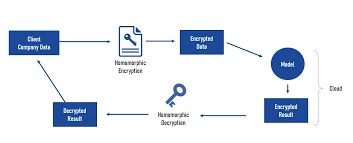
“Homomorphic encryption” is a new type of encryption that allows users to process and interact with encrypted data without decrypting it. This cutting-edge technology can help secure data in cloud environments, helping users process and interact with data quicker and more efficiently.
Most crucial – homomorphic encryption keeps data secure while also still giving users the flexibility needed to interact with it.
Augmented reality and virtual reality:
The metaverse peaked as a topic around 2021, especially concerning “augmented reality (AR) vs. virtual reality (VR)”in the workplace. While interest in the metaverse itself has declined, the possibilities it offers for remote work still make it a strong area of interest and research in cutting-edge technology.
Artificial intelligence:
Artificial intelligence is what many people associate with high-level advanced technology. It has presented many opportunities for “artificial intelligence in cybersecurity”, ranging from civilian applications like using AI search engines to better browse the web all the way to high-level projects like deep learning or augmented intelligence to optimize workflows.
Quantum computing:
“Quantum computing is a more precise method of calculating data that can drastically outperform current data processing technology”. By using probabilities instead of binary systems, quantum computers can accommodate much larger data sets, allowing them to perform vast amounts of computing for more accurate results.
This can be extremely helpful across multiple industries, especially those that rely on processing data quickly. It’s also helpful for devices that need to process data since it improves their efficiency while also cutting down on calculation time.
Nanotechnology
Nanotechnology has always been a popular field of research, but it’s received even more interest with the recent developments in materials available and changes in computing.
Making technology smaller gives us the advantage of bringing our tech anywhere, doing more with less, and improving the usability of the tech we already have.
Passwordless authentication
Passwords have been the standard for data and information security for many years. And while effective, they also pose unreliability risks in the face of more sophisticated attacks. That’s why alternatives like biometric data or passkeys have been developed to counteract the drawbacks of using the password system — which, with time, may render passwords obsolete altogether.
cutting-edge technology influence cybersecurity?
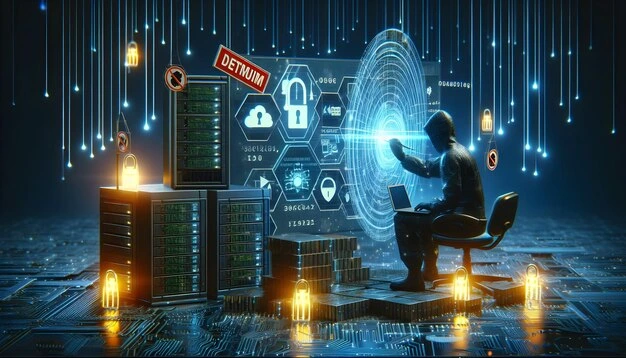
The technology predictions of futurists about cutting-edge technology and cybersecurity are cautiously optimistic, especially in the field of privacy. Cutting-edge technology represents leaps and bounds over the current computer and electronic technology/systems that we have, and it can help us with storing, processing, and analyzing data better.
However, users and developers alike will need to be aware that the possibilities of cutting-edge technology will also be available to cybercriminals. Fully developed technology features can be used for malicious purposes, especially to exploit older and more vulnerable systems.
So while cybersecurity can benefit from the use of cutting-edge technology, it is important to remember that any new technology will always come with its benefits and risks. Users and developers must balance these two factors to make sure that these innovative developments ultimately do more good than harm.








